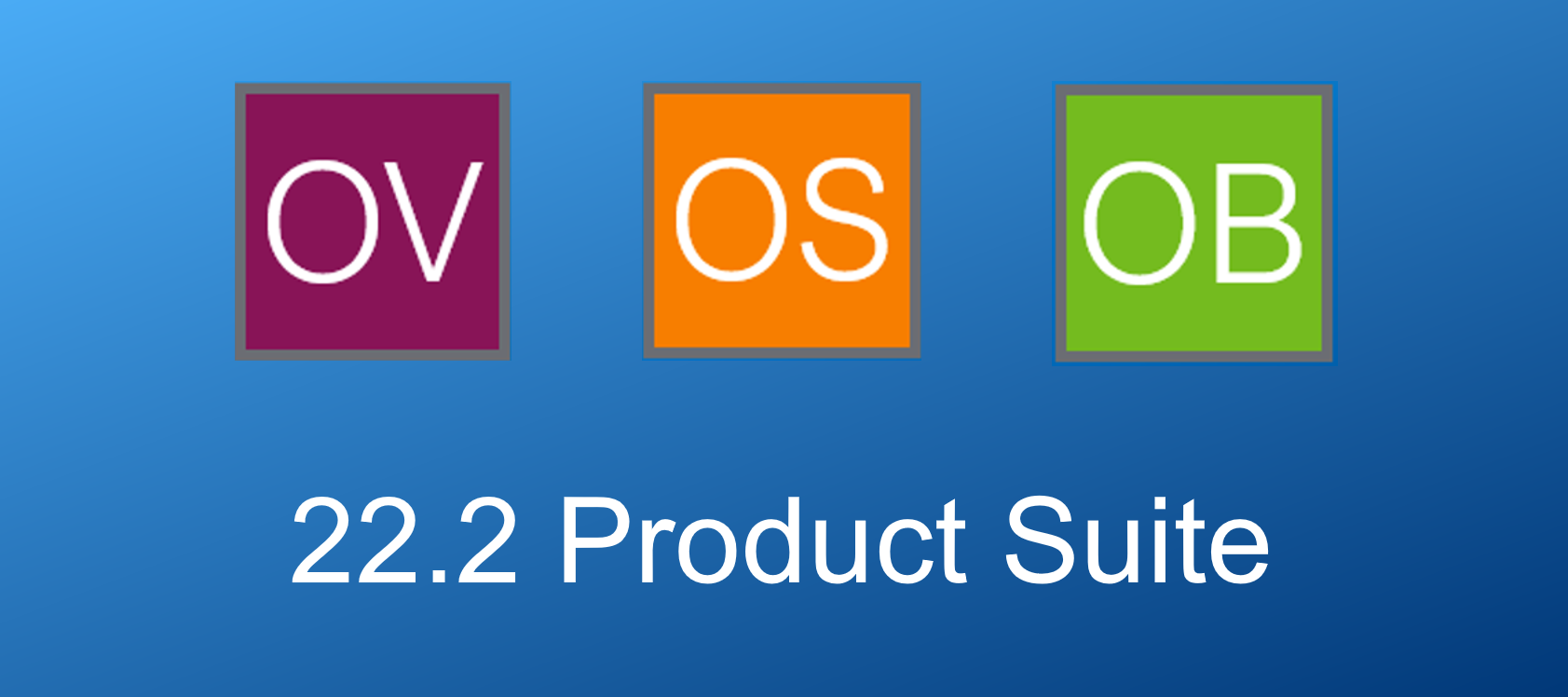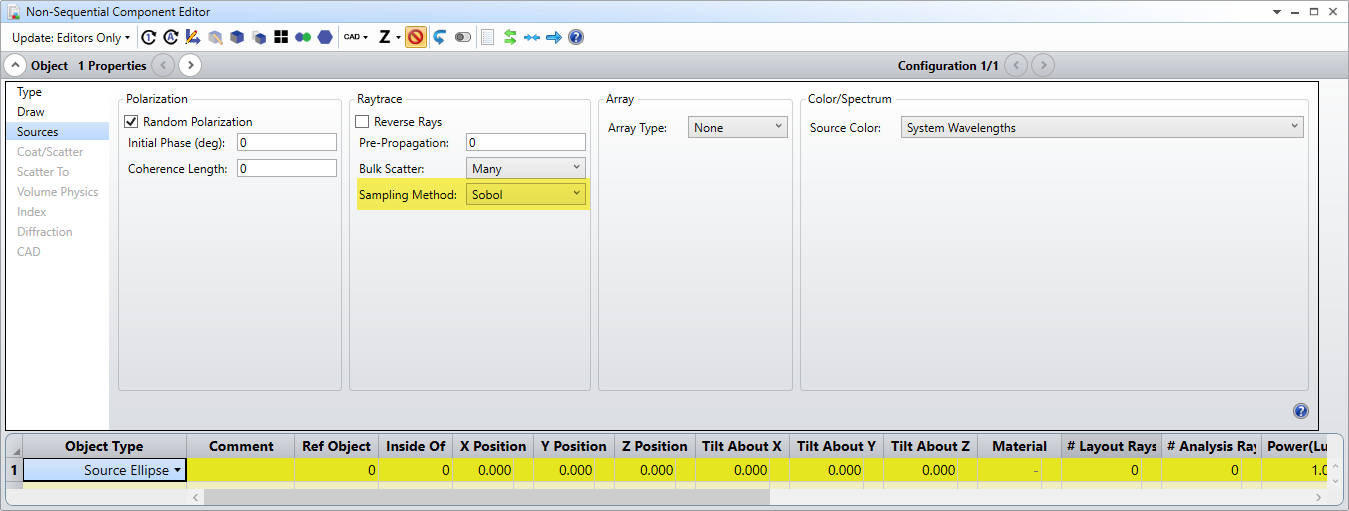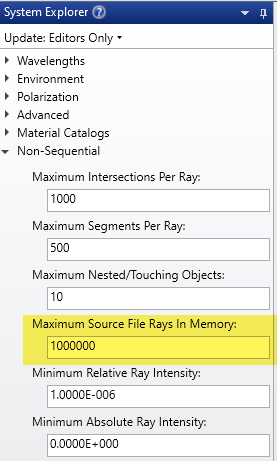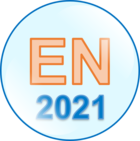Table of Contents
The Zemax 22.2 release is here!
The 22.2 release is available now, and we’ve got a series of events and information designed to help you make the most of the latest and greatest. Highlights include…
- Ray Aiming Wizard (OpticStudio) - Easily and accurately determine the optimal ray aiming settings to ensure that rays pass through your system.
- Export to Speos Lens System (OpticStudio) - Create a reduced-order model of the current optical system to be used in a Speos simulation, enabling accurate optical sensor simulation in a realistic environment.
- Performance Analysis (OpticStudio STAR Module) - Find out how temperature changes and deformations contribute to a change in system performance.
- Ray Footprint Boundaries (OpticsBuilder) - Interactive ray footprint boundaries allow the use of CAD tools to measure, position, and analyze the effects that mechanical components have on the ray set.
Read the release notes linked below for full details:
Learn from the experts in the 22.2 release webinar
Join the product managers for OpticStudio, STAR, and OpticsBuilder to learn more about all the new advancements in the 22.2 product major release. This thread will be used to collect questions before the webinar, and to answer any questions we received during the webinar. Feel free to post your questions!
Be sure to subscribe to this thread if you want to see additional discussion regarding this topic. The thread will be open to comments through Thursday, June 23rd.
This event has concluded but can be viewed at this link.
Date: Thursday, June 16th
Time: 6:00am PST & 11:00am PST
Presenters:
- Tom Pickering, Manager Product Management
- Esteban Carbajal, Senior Product Manager
- Lisa Clauson, Senior Product Manager
Our Community Manager’s Take
Our awesome senior engineer and community manager,
Allie, what feature are you most excited about for the 22.2 release?
I worked on a feature called “Convert ZRD or ZBF to TSV” to replace the existing “Convert to MAT” functionality that is found in the “Convert file formats” menu. The old functionality would take a ZBF or ZRD and turn it into a matrix inside Matlab, but it was missing some important data like wavelength for each ray segment.
The new “Convert ZRD or ZBF to TSV” creates a tab-delimited text file that can be read into any post-processing software and contains a full data set for ZRD and ZBF files.
Have any customers you worked with in the past requested something like this?
I have worked with users who wanted this type of data in Python and Excel, so they needed a more platform-agnostic solution. Beyond mathematical post-processing, this also allows users to export ZBF details including the complex electromagnetic field directly in a text format for import into other systems like Lumerical.
I worked with a customer previously who needed to predict and mitigate stray energy in the form of X-rays. Their system was working outside the visible range and had potentially negative health effects on operators and neighboring labs. They were able to export their ZRD data to Matlab, where they identified rays that hit a particular object and then needed to evaluate the ray landing coordinates and intensity to determine risk.
Is there anything else you’d like to share?
I think the ZRD capability is really cool because we’re seeing an increasing interest in stray light analysis across our customers. To perform the stray light analysis, you need detailed information about each ray’s path.
I built this feature entirely with the API - no developers needed! The team is doing projects like this and sharing them in the Code Exchange section of the community, so be sure to check it out (to see the full solutions, you have to be logged in as a supported customer). We also have a KBA that describes how to make a user analysis with the API and bring it into OpticStudio as your very own custom button in the UI.








